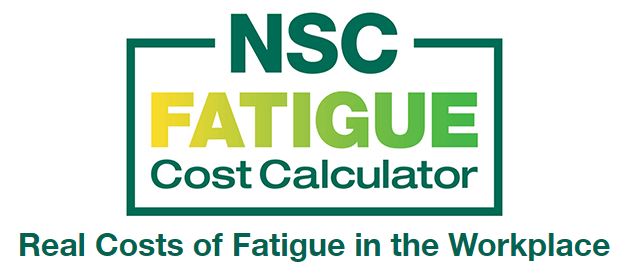
Sleep Works for You
Healthy sleep is essential for optimal health, performance and safety at work. Sleep works for you so that you can perform your best on the job.
The American Academy of Sleep Medicine recommends that adults should sleep 7 or more hours per night on a regular basis to promote optimal health. When you don’t get enough sleep on a regular basis, there can be serious consequences in the workplace.
Sleepiness and fatigue on the job can cause reduced productivity. A lack of sleep is also a threat to workplace safety due to increased errors and accidents. These problems can result in higher costs for employers. Sleep and alertness problems are common in shift workers and people who work long hours or multiple jobs. It is important for employers to make healthy sleep a top priority among their workforce.
Productivity
While working late nights might impress your boss, it can impair your work productivity by causing insufficient sleep. Workers who sleep less than seven hours per night have a higher rate of absenteeism. This means that you are more likely to miss time from work.
Sleep-deprived workers also have a higher rate of presenteeism. This means that you show up to work but don’t function at your best. Sleepiness will cause you to feel less motivated and unenergetic. You will have trouble concentrating and making decisions. You also will struggle to think creatively and solve problems.
This lost productivity is a huge loss for employers. A report by the RAND Corporation estimates that the U.S. loses an equivalent of about 1.23 million working days each year due to insufficient sleep.
Safety
Lack of sleep impairs your ability to function properly. You are more easily distracted. You also are less likely to detect and correct errors. The impairment caused by sleep loss can be like being drunk. You might even fall asleep on the job.
Sleepy employees are a huge safety risk in the workplace. An estimated 13 percent of workplace injuries can be attributed to sleep problems.
Sleepiness also is a safety threat on our roads. The AAA Foundation for Traffic Safety estimates that 9.5 percent of all crashes involve drowsiness. Data also suggest that drowsy driving causes 328,000 crashes each year. This includes 6,400 fatal crashes. Get tips to help you stay Awake at the Wheel.
Shift Work
U.S. Bureau of Labor statistics show that about 15 percent of full-time employees in the U.S. perform shift work. Many of them suffer from chronic sleep loss. Shift work disorder occurs when you have trouble adjusting to a work schedule that takes place during hours when you normally would sleep. Workers who are at risk for shift work disorder include:
- Pilots
- Nurses
- Doctors
- Soldiers
- Truck drivers
- Rail operators
- Emergency responders
Employers can improve sleep health for shift workers by implementing these strategies:
- Avoid permanent night-shift schedules
- Assign regular, predictable schedules
- Avoid long shift lengths
- Give employees a voice in their schedule
- Rotate shifts forward when regularly changing shifts
- Provide frequent breaks within shifts
Economic Impact
Employers can discover how much fatigue is costing them by using the Fatigue Cost Calculator. Developed by the National Safety Council, it also estimates how much of these losses can be avoided by implementing workplace programs to improve sleep and alertness.
The National Safety Council estimates that a typical employer with 1,000 employees can expect to lose more than $1 million each year to fatigue: $272,000 due to absenteeism and $776,000 due to presenteeism. RAND estimates that the U.S. economy loses up to $411 billion a year due to sleepiness and fatigue. These losses have a huge impact on employers.
Workplace Wellness
Employers can help reduce sleepiness and fatigue in the workplace through evidence-based workplace health programs. Tips to help employers get started include:
- Learn about sleepiness in the workplace. Understand its costs, its causes and how fatigue can lead to a higher rate of safety incidents.
- Educate employees on fatigue, sleep health and sleep disorders. Provide strategies to improve alertness on the job as part of a comprehensive employee wellness program.
- Investigate the causes of fatigue in the workplace and implement fatigue risk management as part of a safety management system.
Learn more about the importance of healthy sleep from the National Healthy Sleep Awareness Project.

